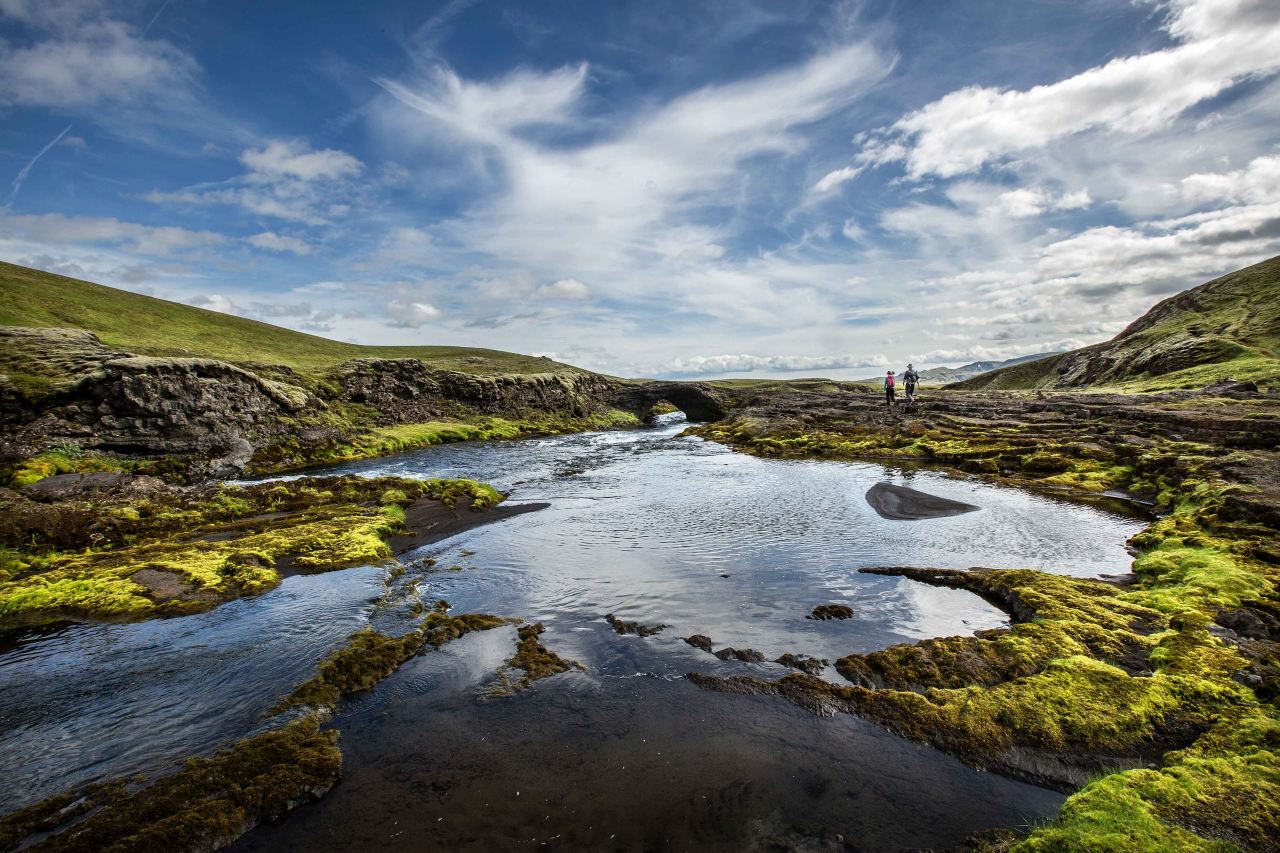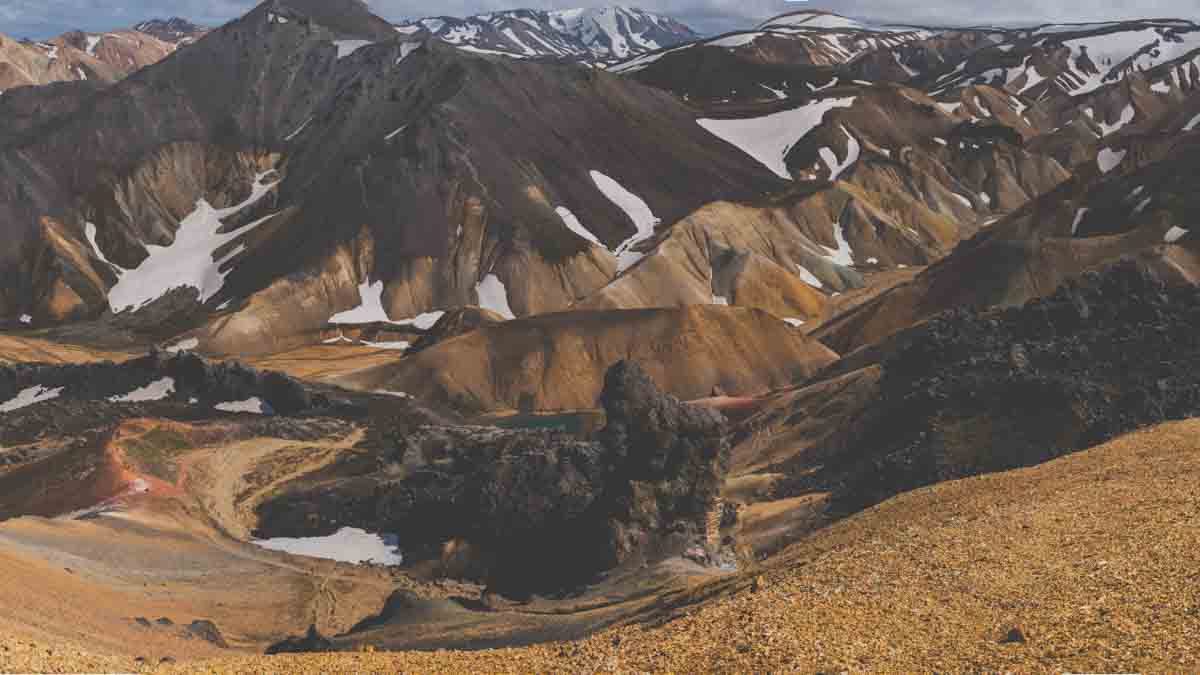When and Where to see Whales in Iceland
It’s peaceful, calm and then suddenly very exciting. A burst of water, a breath. A fluke (tail) rises from the water, then descends gently back down again. The gentle giant dives.
Whale watching in Iceland is great. It’s really special experience to head out to see a whale move greacefully through gentle fjord waters or out across a bay, relatively close to the shore. It turns out that Iceland is a great place to see whales, one of the best destinations in Europe in fact.
There are so many different species too! Much of the popularity of Iceland with the whales lies in it’s sub-Arctic location. Whales are migratory creatures, travelling as far as half-way across the world, all the way from the Antarctic, to reach the near-Arctic waters in search of feeding grounds.
The ridge brings the whales
There is also the Mid-Atlantic Ridge, which runs right through Iceland and gives Iceland it’s volcanic landcape. This affects the sea as well; fissures in specific spots allow heat to escape from deep within the earth, heat the water and create natural feeding grounds with a high abundance of Zooplankton. This attracts whales of many kinds.
Where is the best place to see whales in Iceland?
This is why one of the best places to go whale watching in Iceland is the Northern Icelandic town of Husavik. This tiny town, population 2,138, borders the Skjálfandi Bay, home to the greatest diversity of whales perhaps in Europe. Skjálfandi itself actually translates to “trembling” in Icelandic, owing to the great number of earthquakes in the area. This is where the fissure goes right down the middle of the fjord and the bay, creating the feeding grounds that attract the whales. If you can, try and make it there.
If time is an issue and you don’t have time to reach Husavik, there is great whale watching in Akureyri, the second largest city in Iceland. There are companies running Zodiac tours out there, fast dingy boats that can get you in very close to the whale action.
It is also possible to see whales from the capital, Reykjavik. You should only do this if you really don’t have any time to travel up north and you really want to try to see whales. You will likely see Minkes and Humpbacks. More on the different species below.
The Westfjords also turn out to be an excellent place to see whales, sometimes even from the shore. The best thing to do here is to leave from one of the fjord towns on a small vessel and to scout the waters like this. Try and find a fisherman that is willing to take you! Failing that, there are scheduled whale watching tours from Ísafjörður.
Respectful whale watching
When you go whale watching in Iceland, rest assured that the whale watching companies Iceland conduct their activities with respect for the gentle giants. Companies follow a protocol so as not to disturb them any more than than necessary, turning off their motors when they get very close and never approaching from the front.
What species of whale can I see while whale watching in Iceland?
Porpoises and Dolphins
The Harbour Porpoise is one of the smallest of the marine mammals. Possibly also one of the most difficult to see, given it’s size and the distance from the boat. Next is the White-beaked Dolphin, which lives in the Arctic waters but can be found as far south as the United Kingdom. Keep your eye our for them, they're sneaky!
Orcas
Next up is the Orca. The Orcas can be seen all around Iceland, but particularly in the Snæfelsnes peninsula where they feed on School of migratory Herring that move in and out of the fjords. Talk to Iceland Rovers about going whale watching in Snaefelsnes. There are no whale watchign companies in this area, and so this will need to be organised witha private fisherman and his vessel!
Minkes and Humpbacks
Moving up in size, we have the medium sized whales such as Minke and Humpback Whales. weighting in as much as 9-10 tonnes and up to 36 tonnes respectively. These are some of the most common whales to see on whilst whale watching in Iceland since they live in the wider bays, particularly around Reykjavik. A typical trip will have 2 or sightings of these whales and some behaviour such as a breaching (jumping out of the water).
The Big Blue
Next, we have the Blue Whale. The Blue Whale is the largest thing to have ever lived on our planet, in the entire 4.6 billion year history of our planet, coming in at between 110 and 190 tonnes. There is a global population of only 10,000 individuals and seeing one is very rare. You best chance is in Husavík.
The blow of water from a fresh breath rises 10-15 meters in the air, with an immense fluke sometimes up to 10 meters wide. Attracted by the feeding grounds, they come, stay for a while, and then leave again.
Last but not least
It is also technically possible to see Fin, Grey and Sperm Whales. However, these whales prefer deeper water and live too far out to see to be seen in a typical whale watching trip. If you see one of these, you will be very, very lucky indeed!
Good luck whale watching in iceland!
Although everything is done to maximise your chances of seeing a whale in the wild, it cannot be guaranteed. So, as with the Northern Lights, you’ll still need some luck. Many times, it’s possible to go for a second time if you are unsuccessful the first time.
Iceland Rovers organises a lot private and tailor-made tours, where we can build any kind of tour you could possibly dream of: so if you want to see whales, we’ll take you there!
Enjoying our blog? Send me updates!
How's the blog? Enjoying it? If so, we can keep you up to date with the latest info, tips, tricks and travel advice from Iceland Rovers. You’ll get a monthly newsletter with a nice little roundup of the posts that we have put out. And that's all.







